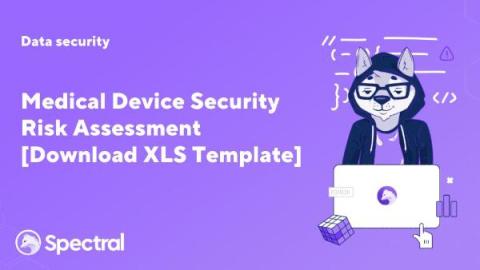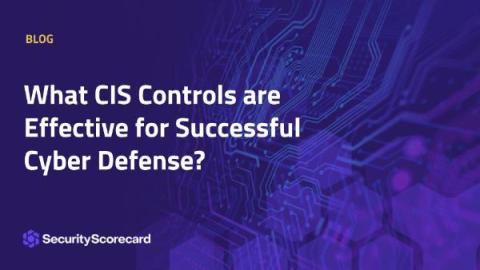Medical Device Security Risk Assessment [Download XLS Template]
When you think about hacking stuff, you probably don’t consider thermometers and pacemakers. But imagine the implications if that chunk of metal inside your body suddenly starts acting weird. From the humble thermometer to the sophisticated MRI machine, these gadgets are vital cogs in the healthcare machine and potential Trojan horses if not correctly secured.









